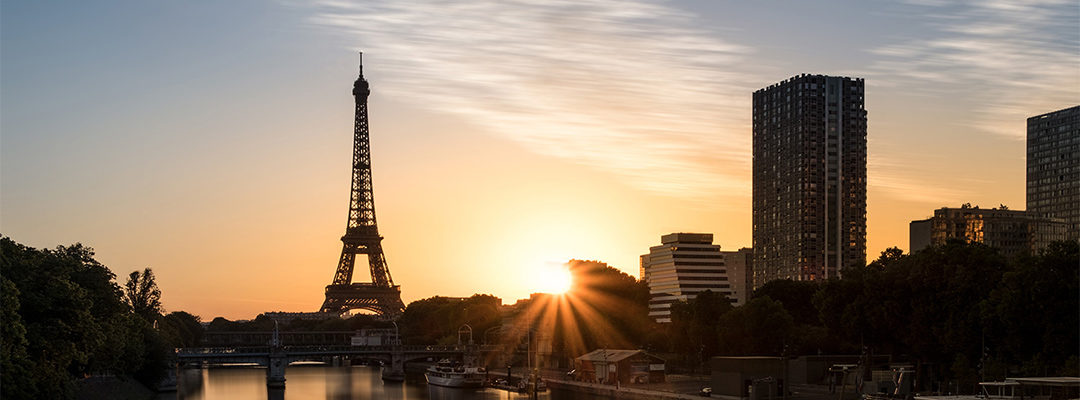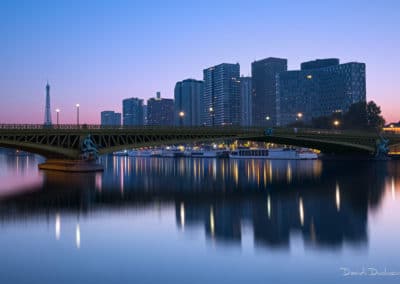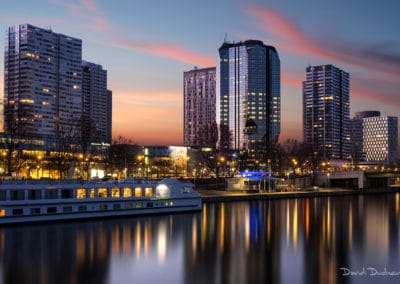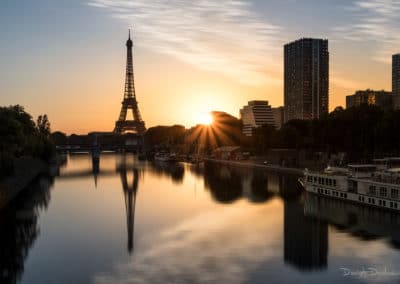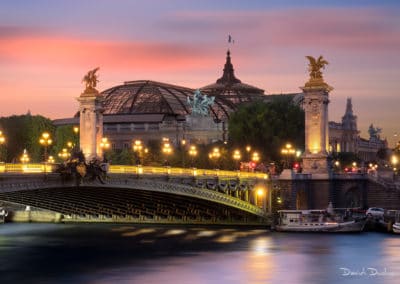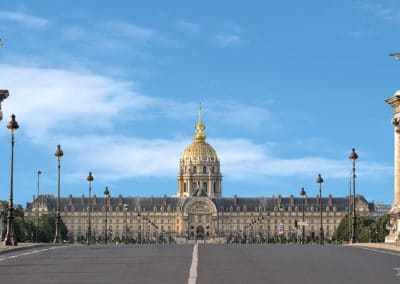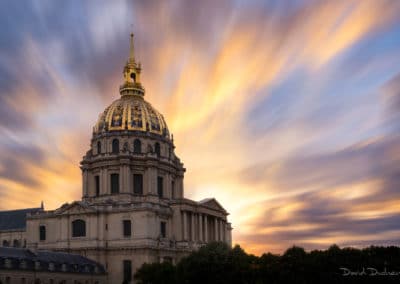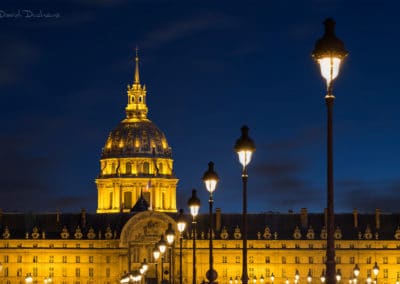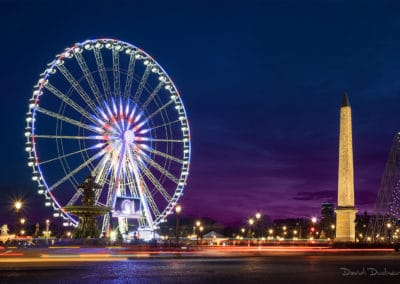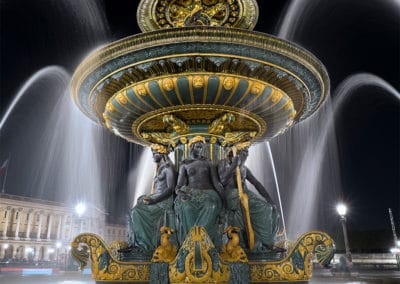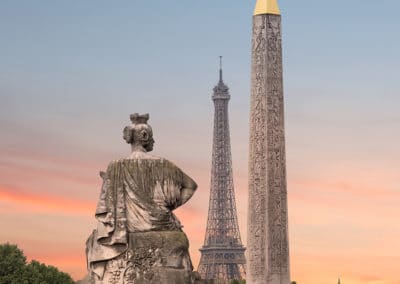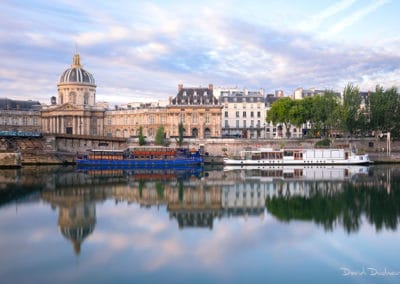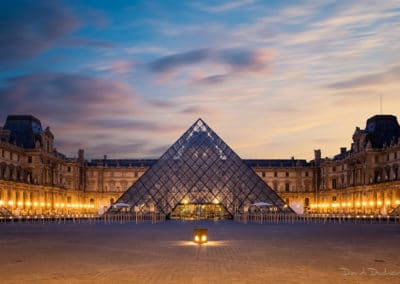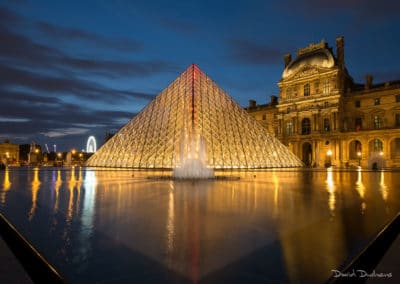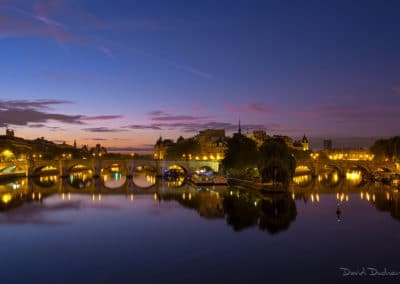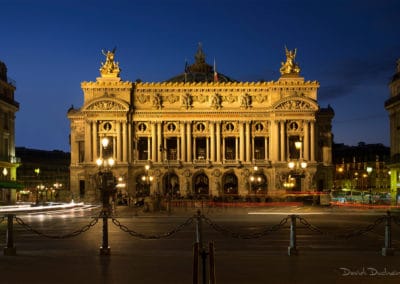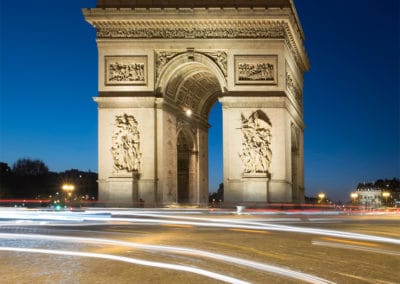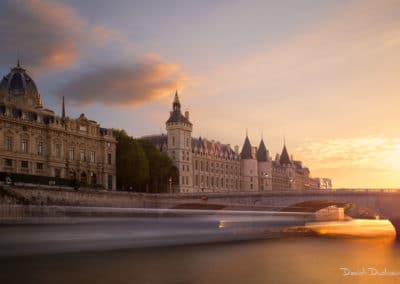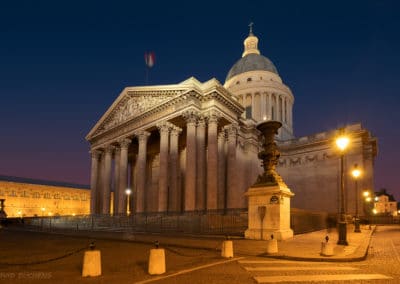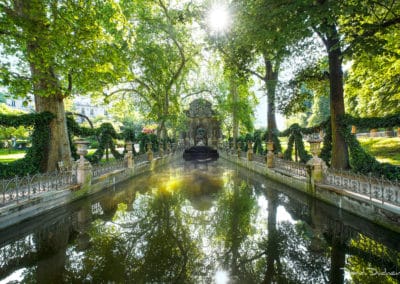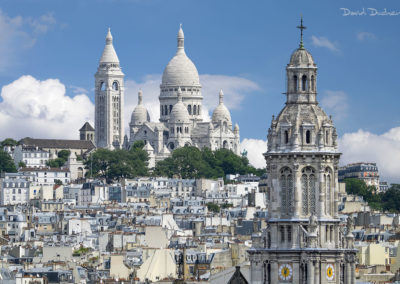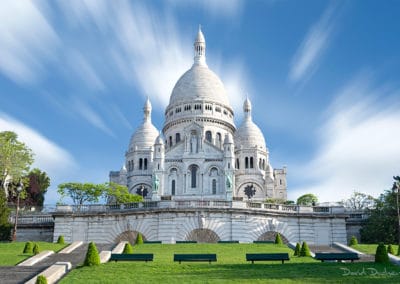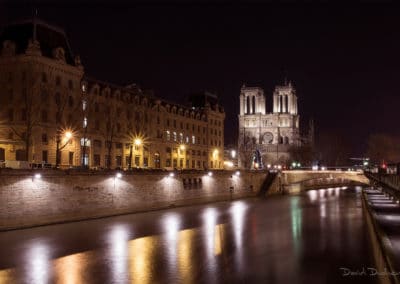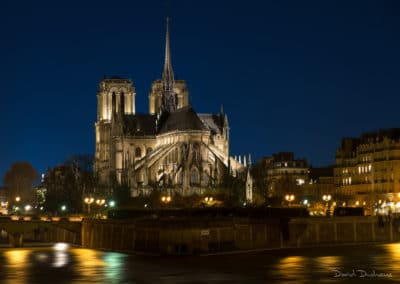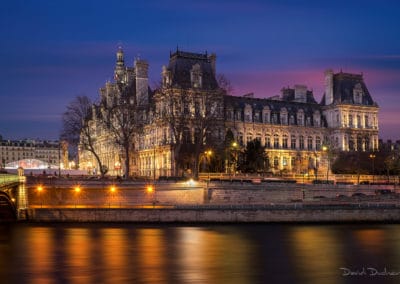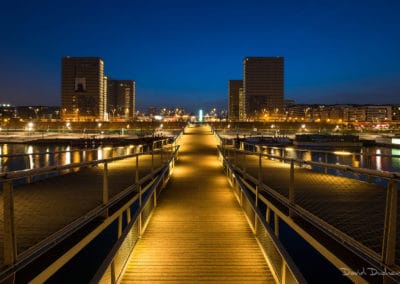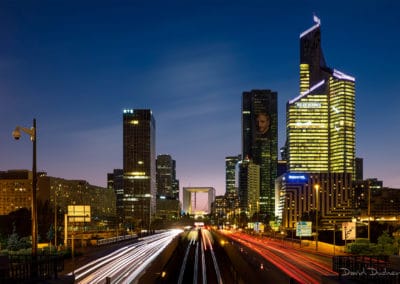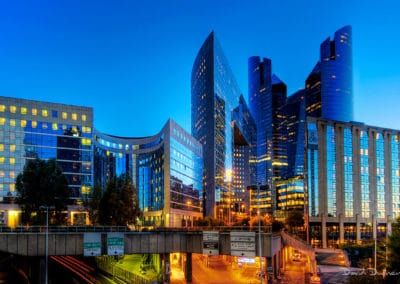My idea here is to propose to the photographer, but also to the visitor, to discover the great Parisian places (monuments, buildings, bridges, etc.). The principle is to use public transport, with a minimum of metro or bus lines possible to get to these places. Also, some places within the same perimeter can also be visited simply by walking (they will be detailed later). This is not a question of offering a tourist guide per se, but rather a way to visit as many places as possible in a minimum of time.
Before entering the subject, it is worth mentioning two points:
The map of Paris presented below: I made the latter myself? and it is therefore not of a millimeter precision, although I paid some attention to it in order to respect the distances as best as possible.
The spots listed: Paris has countless interesting places that I have not necessarily photographed. Everyone will be able to rank them according to their tastes and/or priorities when they visit the city. The map therefore shows only those I photograph regularly. The great classics, which could also be called the must-sees, are there, and I will illustrate them with the photographs below.
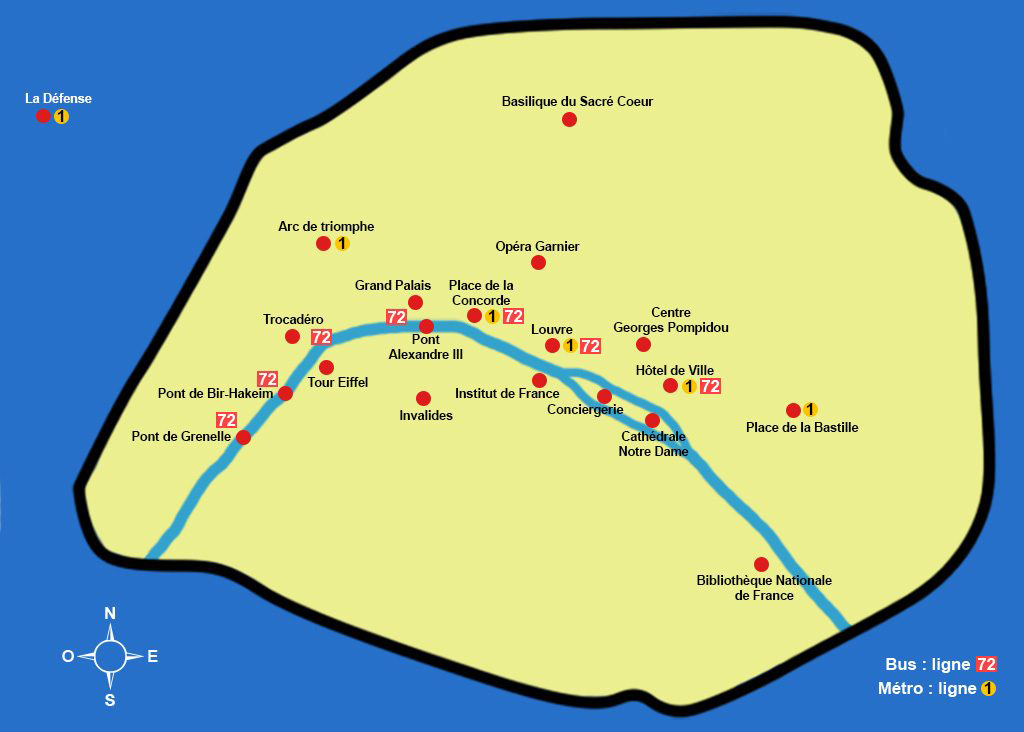
Looking at this map, we can note from the outset that many of the most famous places along the Seine (you can find on the blog an article in pictures dedicated to the banks of the Seine). It would be very difficult for me here to give a preference by quoting them, to the extent that I love them all, but if I were to place myself in a tourist logic, I could quote the Eiffel Tower, the Louvre and Notre Dame Cathedral, since these are very certainly the most visited and photographed places. As you may also notice, some places are on the left bank (south of the Seine), and others on the right bank (north of the Seine). It is very easy to walk from one bank to the other (and therefore from some places to another) on foot, as Paris has many bridges, and the distances between two points are often short. Also, Parisian bridges are often of great photographic interest (my favorite being most certainly the Alexandre III bridge. I also dedicated a topic this bridge on this blog.
Some examples (from West to East on the map):
- from the Eiffel Tower to the Trocadero crossing the Jena Bridge.
- Invalides at the Grand Palais (near the Champs Elysees) crossing the Alexander III Bridge.
- from the Louvre (from the pyramid) to the Institut de France crossing the Pont des Arts.
- from City Hall to Notre Dame Cathedral across the Arcole Bridge.
For the various examples above, it will take about 10 to 15 minutes to walk at a "normal" pace.
To get to public transport now, it is very interesting to note that the Metro Line No. 1 (La Défense- Château de Vincennes) passes through several places listed on the map:
- La Défense (for lovers of modern architecture).
- The Arc de Triomphe (and thus the Avenue des Champs Élysées).
- The Place de la Concorde (including its two magnificent fountains of rivers and seas, as well as the Obelisk of Luxor).
- The Louvre (the museum and the pyramid).
- The Town Hall (near the Georges Pompidou Centre).
- The Place de la Bastille.
Regarding bus travel, the No. 72 line (The Gate of Saint-Cloud - City Hall) is, in my opinion, the most interesting, as it passes notably through the Bir-Hakeim Bridge, the Eiffel Tower (at the Jena Bridge), the Alexandre III Bridge , the Louvre and the Town Hall.
I would now like to go back to two places on the map, but which I have not yet mentioned, as they are "out of the way" compared to the two transport lines mentioned so far. I am thinking especially here of the Basilica of the Sacred Heart in Montmartre, a must-see tourist hotspot. There are of course several possible combinations to get there, but if we stay in the logic of this article, the metro line No. 2 (Porte Dauphine - Nation) allows you to get there directly, from the Charles de Gaulle-Étoile station (Arc de Triumph), and going down to the Antwerp station (you will then have to walk about ten minutes).
For the Opéra Garnier, which is also a short walk from the Parisian department stores (Galeries Lafayette and Le Printemps), and especially their terraces which offer beautiful views, the Metro Line No. 8 (Balard - Créteil) leads to it in two stations ( descend to Opera) from Concorde station. It is also possible to walk to the Place de la Concorde at the Opera Garnier in about 15 minutes.
So this is in a few lines the way I travel when I do photo outings, and that makes it easy to visit our beautiful capital. Again, the list of places and ways to get there is not exhaustive here. For example, I could have mentioned the trip to the Seine with the Batobus or the Vélib system. Paris has many ways to get around. Finally, I have added to the picture gallery some places that are not listed on the map, but which is of particular interest when visiting our beautiful capital.
Have a good visit!
You can click on the thumbnails to enlarge the images

